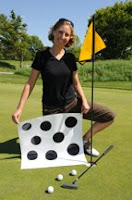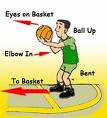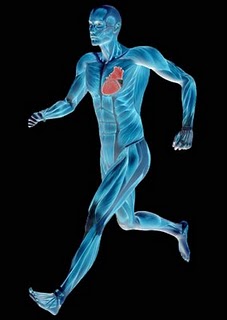 Your Pre-Exercise Heart Rate May Signal A Sudden Cardiac Attack
Your Pre-Exercise Heart Rate May Signal A Sudden Cardiac AttackMany people exercise to improve the health of their hearts. Now, researchers have found a link...
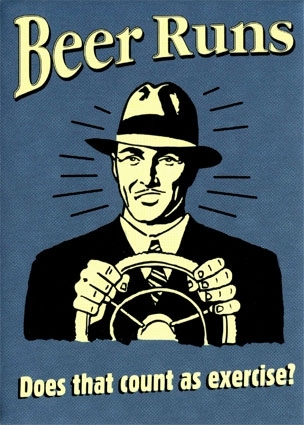 Research Shows Beer Runs Are Good For You
Research Shows Beer Runs Are Good For YouHere’s a question for your buddies at the next golf outing or bowling league night: Are we more...
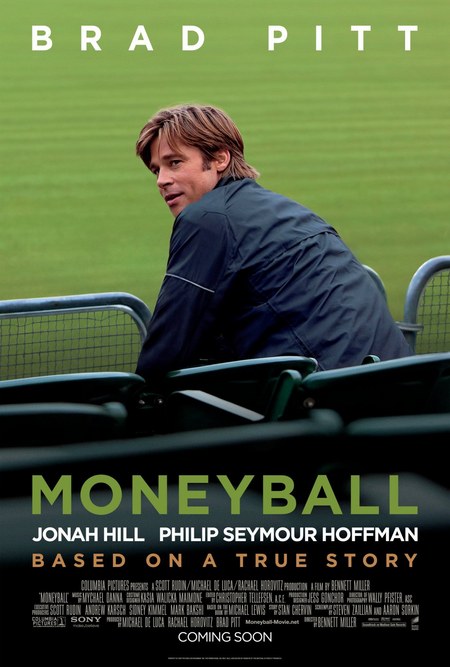 Moneyball Goes To Hollywood And Beyond
Moneyball Goes To Hollywood And BeyondMost baseball general managers live in obscurity most of their careers. Its their first hire...
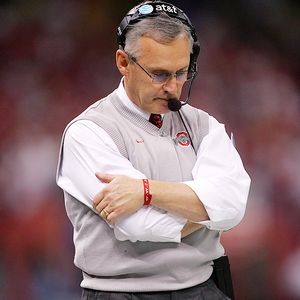 Ohio State And Miami Football Scandals Highlight Coaching Research
Ohio State And Miami Football Scandals Highlight Coaching ResearchFormer Ohio State head football coach Jim Tressel seemed to be a role model for achieving on-field...




 Sometimes, during my daily browsing of the Web for news and interesting angles on the sport science world, I get lucky and hit a home run. I stumbled on this great May 2007 Wired article by Jennifer Kahn,
Sometimes, during my daily browsing of the Web for news and interesting angles on the sport science world, I get lucky and hit a home run. I stumbled on this great May 2007 Wired article by Jennifer Kahn, 
 Its something that every coach and every athlete of every sport is searching for... the EDGE. That one training tip, equipment improvement, mental preparation or tactical insight that will tip the game towards them. The body of knowledge that exists today in each sport is assumed, with each competitor expected to at least be aware of the history, beliefs and traditions of their individual sport. But, if each team is starting with the same set of information then the team that takes the next step by applying new research and ideas will capture the edge.
Its something that every coach and every athlete of every sport is searching for... the EDGE. That one training tip, equipment improvement, mental preparation or tactical insight that will tip the game towards them. The body of knowledge that exists today in each sport is assumed, with each competitor expected to at least be aware of the history, beliefs and traditions of their individual sport. But, if each team is starting with the same set of information then the team that takes the next step by applying new research and ideas will capture the edge.
 Athletes, both professional and amateur, as well as the general public are convinced that
Athletes, both professional and amateur, as well as the general public are convinced that 
